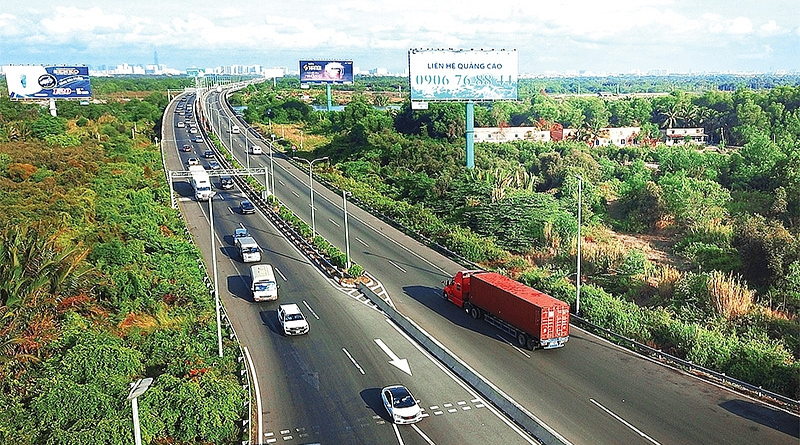Public-Private Partnerships draft details key sector focus
Under the latest draft Law on Public-Private Partnerships’ (PPP) Article 4, discussed by the National Assembly (NA) last week and scheduled for adoption on June 18, financiers can venture into the PPP from five groups – both power plants and power grids (excluding hydropower plants) or power grids only; irrigation, clean water provision, wastewater and waste treatment; healthcare, education and training; transport; and IT infrastructure.
Total investment required will be at least VND200 billion ($8.7 million) for the first four groups, and at least VND100 billion ($43,500) for the last group.
“These types of projects are indispensable sectors of the nation, related to infrastructure development, provision of substantial services, and ensuring social security, and they are suitable to Industry 4.0 development,” said Vu Hong Thanh, Chairman of the NA’s Economic Committee. “In many other nations, PPP investment is also focused on a number of certain sectors as if expanded, they can lead to national risks.”
Under Decree No.63/2018/ND-CP dated May 2018 on PPP investment, the sectors eligible for PPP investment are much broader – at least eight different types of venture, making it difficult for the state to provide sufficient resources for developing these types.
“We should focus PPP investment into key sectors, with interest in large-scale projects that can have a far-reaching impact on localities and sectors,” said Thanh. “We will also continue to review the sectors for such funding based on a principle that private investment must be prioritised.”
Notably, whether PPP investment will be implemented in both power plants and power grids or power grids only draw big attention.
Some NA deputies like Thanh, NA Vice Chairman Phung Quoc Hien, and Nguyen Thanh Hien representing the central province of Nghe An said that they prefer the PPP investment into both power plants and power grids.
“It is because it is suitable to the policy of the Party and the state, and the national energy strategy,” said Hien. “In Nghe An, there are 19 power plants, of which 16 are funded by private financiers.”
The government reported that there are 18 build-operate-transfer (BOT) thermal power plants with total funding capital of $36.8 billion in Vietnam, in which four have become operational commercially, and the other 14 are conducting their investment procedures.
According to Oliver Massmann, general director of law firm Duane Morris Vietnam LLC, the reduction of project groups for PPP investment as compared to Decree 63 is welcomed as “This would help to concentrate the valuable resources and finance on efficient and necessary sectors.”
He recommended that Vietnam consider clarification on the scope and scale of power schemes eligible for PPP form. Moreover, for large-scale power initiatives, it is crucial to enable all sub-projects of a mega power project to be invested in together via the PPP form.
Meanwhile, the draft Law on Public-Private Partnerships draft details key sector focus (PPP) also embraces a dispute resolution mechanism clearer than that in Decree 63.
Specifically, under the draft law’s Article 100, now disputes involving at least one foreign investor and/or disputes between investors/PPP project companies with international parties could be resolved by either local courts/arbitration and/or foreign or international arbitration. In terms of disputes between the state and investors/project company, the draft law has required local courts/arbitration but enabled other agreement between the parties in the project contracts and/or otherwise provided by international treaties of Vietnam.
“This is a significant improvement as Vietnam has signed several major international treaties such as the Comprehensive and Progressive Agreement for Trans-Pacific Partnership and the EU-Vietnam Free Trade Agreement (EVFTA),” said Massmann.
The EVFTA, scheduled for adoption by Vietnam’s legislature on June 8 and taking effect in July, has set up a permanent dispute resolution system under which conflicts over the respect of one of the investment protection provisions included in the FTA (such as protection against expropriation without compensation, non-discrimination, or fair and equitable treatment) can be submitted to a standing international and fully independent investment tribunal system. The system’s members will be appointed in advance by the EU and by Vietnam, and will be subject to strict requirements of independence and integrity.
Source: VIR







